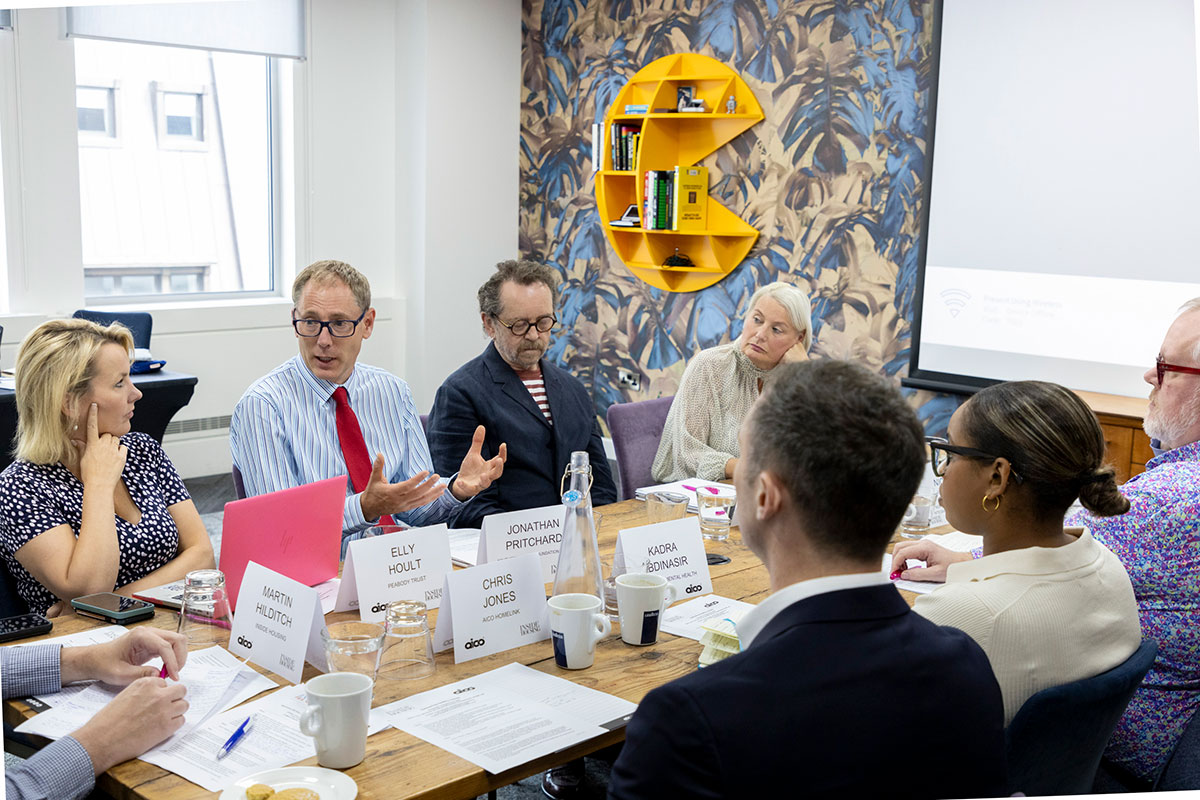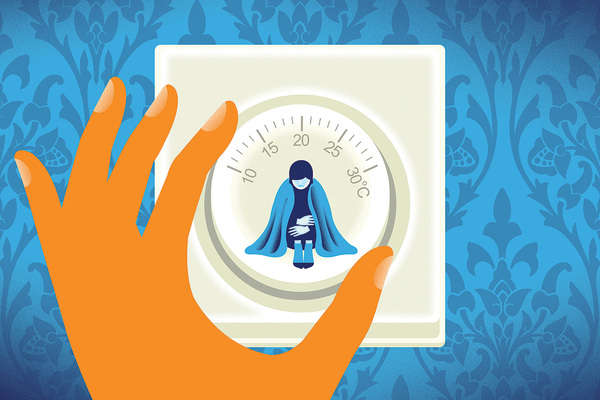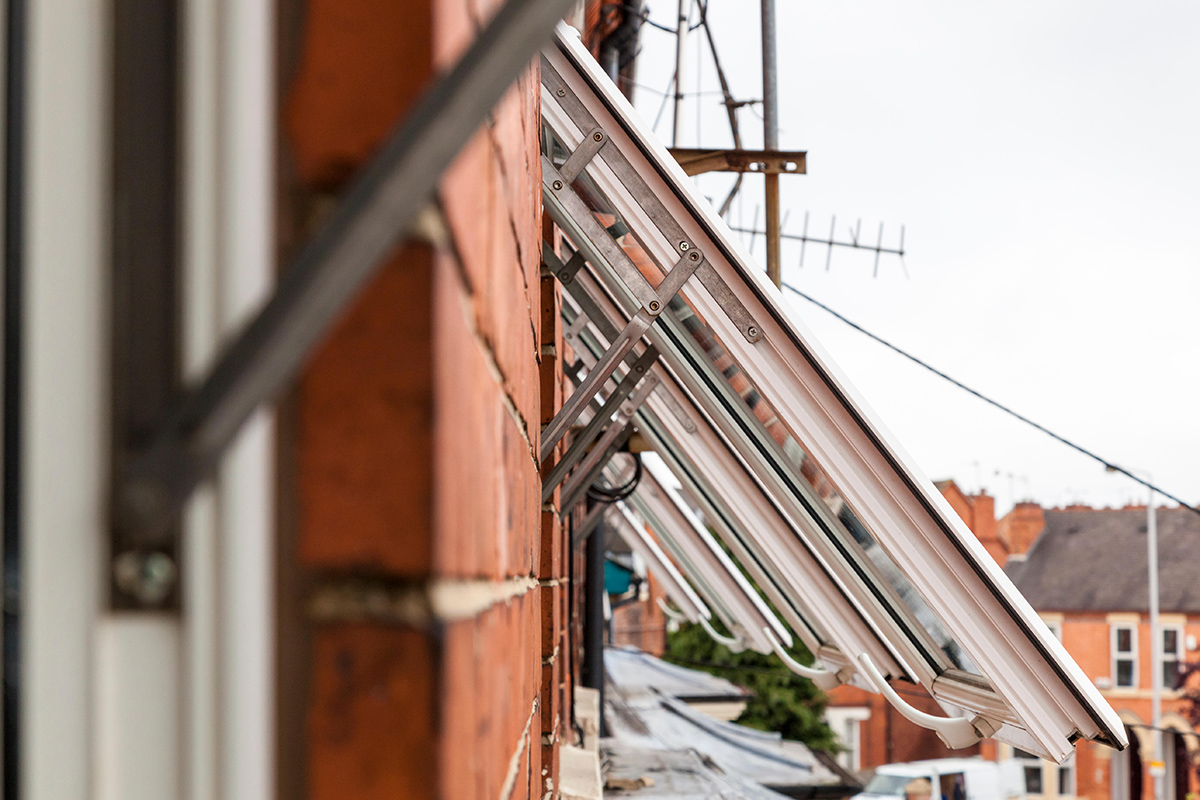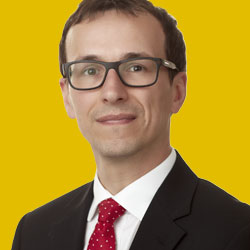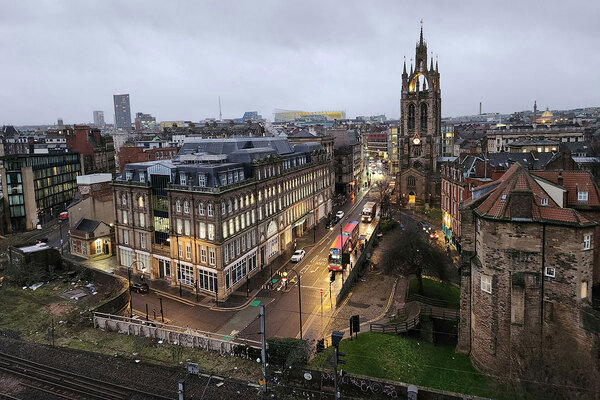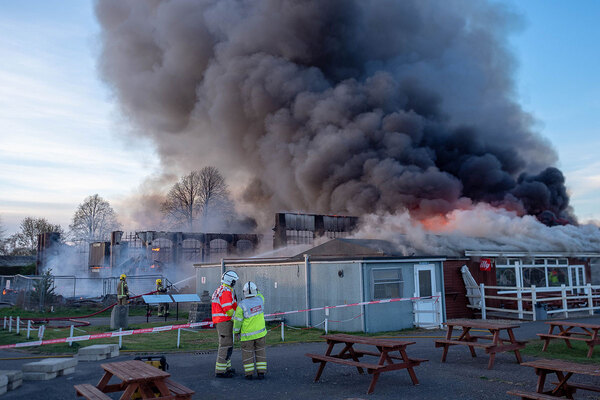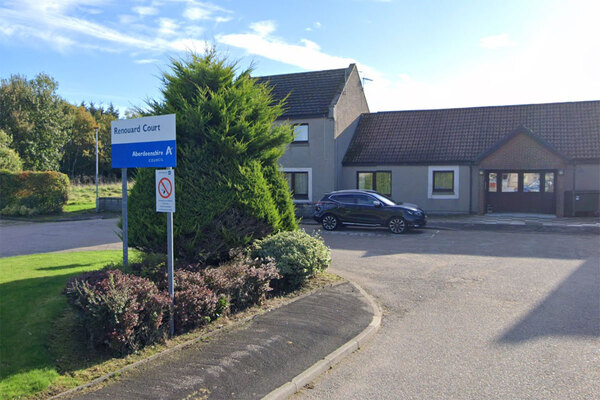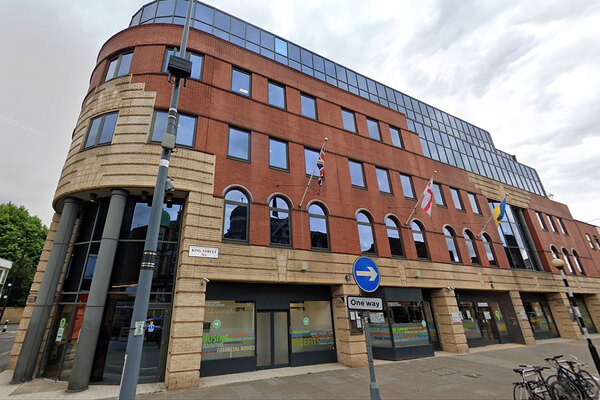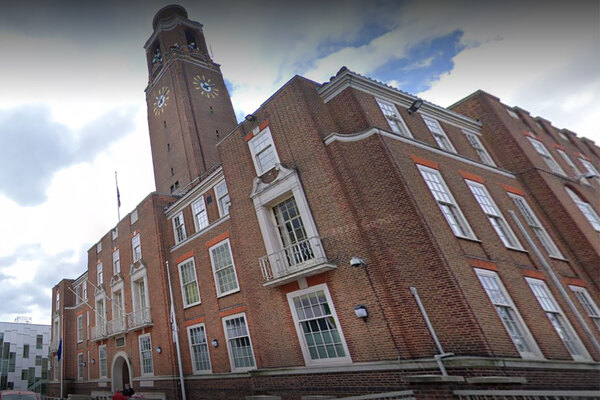What will our future homes look like?
As the pace of change in technology accelerates and the use of AI becomes more ubiquitous, Inside Housing speaks to Aico’s Michael Wright to find out how this will impact social housing in the future
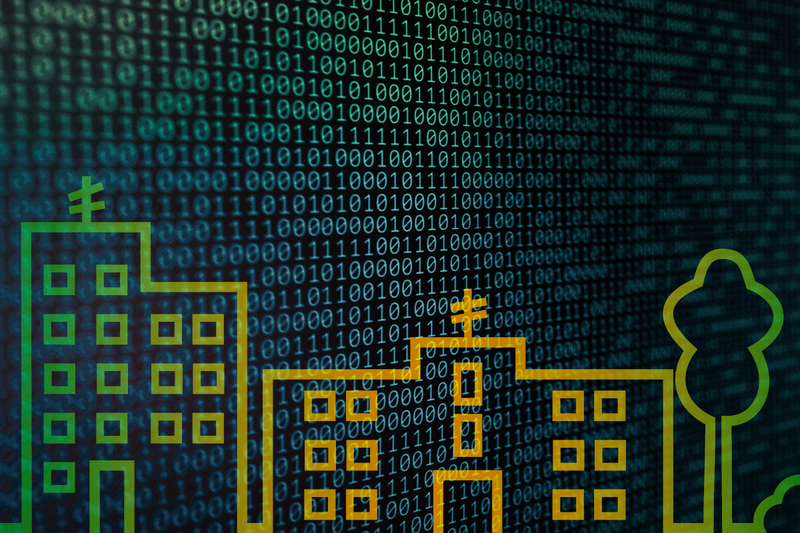
In association with:

Digital technology has transformed how we keep our homes secure. New technology including the Internet of Things (IoT), big data, mobile apps and smart sensors are combining to keep residents safer and in better health than ever before. This is only the start, as the pace of change and innovation is accelerating.
What will the home of the future look like? Inside Housing spoke to Michael Wright, product development manager at safety technology specialist Aico, to find out.
How quickly is home technology evolving?
Around 15 years ago, home safety was all about hardware devices in homes, such as a standalone smoke alarm. Over the years it has developed to the point where software and data are now an integral part of these kinds of products. So this technology is accelerating rapidly, and continuing to do so.
Where is this technology heading next?
The next big advances will be around how we use the data gathered from a very large number of IoT connected devices. That’s going to involve bringing in artificial intelligence (AI) and machine learning, and deploying algorithms that can identify trends among that data gathered from hundreds or thousands of connected systems. It’s really about moving from a reactive, standalone system to a more proactive, data analysis-based approach.
How might AI and machine learning be used in future?
The IoT devices being deployed in homes today are generating massive datasets. Just one of our environmental sensors can produce more than 100,000 readings a year. The quantity of data they generate overall is so large that human analysis would be pretty much impossible, so you really do need the capabilities of AI and machine learning to analyse them. Where these technologies can help is by interpreting that data and then feeding that back as insights or information about the conditions within a property.
There is a lot of learning that can come from this. AI can look at millions of data points and spot trends. With damp and mould, we can look at environmental conditions within connected properties and see how those trends develop over time, and then use those patterns to identify other properties that are at risk – and even the level of risk for each home – before it gets to the point where damp and mould appear.
It becomes a more proactive system. By flagging problems early, you can take remedial or preventative action, or advise residents on how to change their behaviour to prevent damp and mould developing.
That’s also good news for the housing provider, because once damp and mould appear, it takes quite a lot of work and cost to fix them.
Are there other benefits that might arise from this kind of data analysis?
It can also be used to inform and shape legislation. We are lucky that there are excellent and comprehensive statistics around fire alarms and fire detection systems within properties, but that quality of data isn’t yet available around other areas such as indoor air quality or damp and mould.
The growing datasets will enable us to start sharing high-quality analysis on these issues, and hopefully that can be used to steer awareness and legislation.
We have recently shared some of the data from our connected carbon monoxide alarms, and that is providing insight that will hopefully be used to shape carbon monoxide legislation in future.
This data will also help manufacturers like us to design better products. We’re able to install hundreds of thousands of products in the field, in real-world environments. That gives us an excellent feedback loop on how those products are performing.
Physical hardware has a longer development period, but software and data are now integral parts of these systems, too, and they can move quite quickly. That means manufacturers will be able to implement positive changes much more quickly than in the past.
Michael Wright is a product development manager at Aico. He joined the firm in 2004 and has worked in roles including technical manager and marketing manager before taking up his current post.
He holds a degree in electrical and electronic engineering and is on the board of the Electrical Distributors’ Association, a data pool for the UK’s electrotechnical supply chain.
How will a home of the future function?
There are already lots of home-based systems out there that are based on connected devices – Alexa or Google Home, for example – and so I think the rate of development in this space will be very quick because there’s so much competition. I think that will carry on to the point where homes are connected by default.
At the moment, we’re seeing a continuous roll-out of installing connected devices and systems into properties, but that will become the default, rather than an add-on. Once it does, it is fundamental that those systems within each home are working together to provide a safer and healthier home.
That will provide a lot of scope for advanced automation. So if a fire alarm is activated, it could interconnect with a smart lighting system to illuminate an escape path. Or if a sensor detects poor air quality, then that could tell another system to turn on ventilation or an air-filtering system. The homes of the future will benefit from much more intelligent, proactive and interconnected systems like these.
What can housing providers do to prepare for these advances in technology?
The key is to maintain an awareness of emerging technologies, particularly as they are heading towards us at such a rapid pace. There is also learning to be had from other housing providers – so communicating with, and learning from, other organisations that have implemented new technologies is also a good idea. A lot of providers do already have innovation teams in place, which is great to see.
How can social landlords ensure they bring residents on board with these changes?
Engaging with residents is key, and good use of data should be part of this process. We did a study into the ethics of the IoT with the University of Bristol and it highlighted the importance of transparency around data, and about making that data available to residents so that they can see for themselves what these sensors and devices are monitoring.
We’ve had lots of positive resident feedback from our systems; from residents who understand what the technology is doing for them, and from those who are using the data to look after their own health and the health of their homes. People need to understand why a particular system is being installed in their property and what the benefits are – because if they don’t, it will become a barrier to the adoption of new technologies.
Will the increasing familiarity of smart devices help to address residents’ concerns about privacy?
Absolutely. A standard smartwatch monitors your heart rate and the number of steps you take, and it’s tracking that data all the time. Smart speakers have microphones that are on constantly. These devices are more and more widespread, and so people have a greater awareness of them. There is certainly more acceptance of sensor technology and connected devices in general.
Recent content in association with Aico
Can AI improve fire safety in homes?
Inside Housing hears from Andy Speake of safety technology specialist Aico about how social landlords can use artificial intelligence and machine learning to improve fire safety in their homes
What will our future homes look like?
As the pace of change in technology accelerates and the use of AI becomes more ubiquitous, Inside Housing speaks to Aico’s Michael Wright to find out how this will impact social housing in the future
Supporting tenants affected by fuel poverty
Inside Housing and Aico’s third Give Fuel Poverty a Voice survey – and a workshop as part of this year’s campaign – paint a mixed picture of the current status of fuel poverty in the UK
CPD webinar on demand: the importance of good quality data to good air quality
As part of Inside Housing’s CPD offering, watch the full webinar, ‘The importance of good quality data to good air quality’, and earn CPD minutes
Sensor technology to keep homes safe
Jordan Toulson, head of product at HomeLINK, explains how networks of sensors that gather data and exchange information can make homes safer, warmer and more energy efficient
How smart devices are transforming homes
Chris Jones at smart home technology provider HomeLINK explains the role technology can play in improving homes and helping residents to better understand where they live
Is the sector providing healthy homes?
Inside Housing ran a survey for the new Healthy Homes campaign, in association with safety tech specialist Aico, to find out how effective the sector is at creating healthy homes for residents
CPD module: the importance of indoor air quality
What is indoor air quality, why is it important, and how can it be improved in social housing? Professor Tim Sharpe, head of the department of architecture at the University of Strathclyde, explains. Read this article, take a quiz, earn CPD minutes
